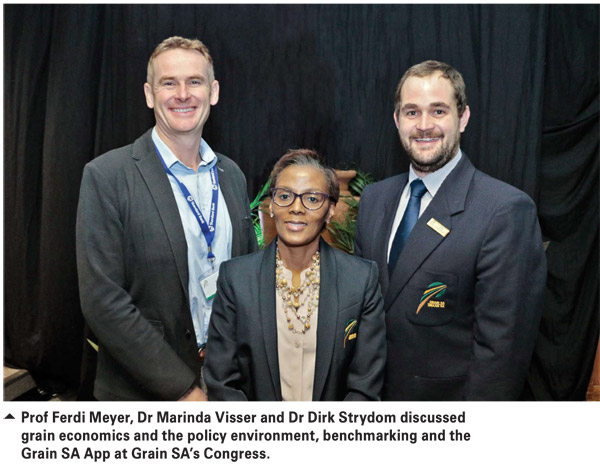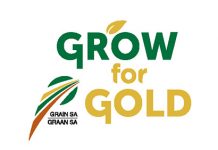April 2017
JENNY MATHEWS, SA Graan/Grain contributor
According to Prof Ferdi Meyer (director: Bureau for Food and Agricultural Policy [BFAP]) a continuous process of grain mapping and analysis of the agricultural sector is necessary in order to identify appropriate, measurable benchmarks so as to highlight what makes all South African producers competitive and sustainable in the long run.
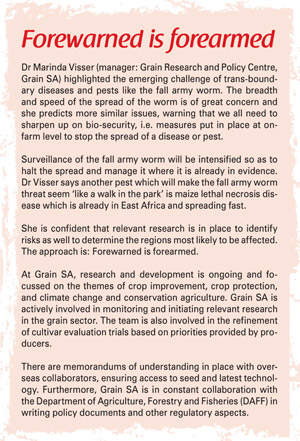 As an example, mapping future grain production reveals interesting trends as influenced by numerous ‘mega-factors’ and reflects a downward trend in white maize plantings as against expansion in yellow maize and soybean production.
As an example, mapping future grain production reveals interesting trends as influenced by numerous ‘mega-factors’ and reflects a downward trend in white maize plantings as against expansion in yellow maize and soybean production.
Mega trends influencing shifts in the agricultural sector
Urbanisation and rural unemployment: A challenge or our greatest opportunity?
More people are populating urban areas while the rural population is declining – resulting in two distinct value chains highly commercialised and a rural, informal value chain. There are opportunities in both.
The NDP Vision – inclusive growth and jobs
The National Development Plan (NDP) aims to create 1 million jobs in the sector by 2030. Prof Meyer maintains it is necessary to be deliberate about the strategy because there is significant opportunity to revitalise rural areas.
Three main opportunities for job creation are highlighted in Graph 1:
- 350 0000 potential jobs could be found in under-utilised or unproductive land reform projects other than jobs created by commercial producers.
- 200 000 jobs could emerge in the intensive commodities sector like irrigated, high value crops if markets and export opportunities exist.
- 326 000 jobs could be created within the agro-processing sector i.e. the multipliers within the agricultural sector.
Revitalising rural areas
This is a key focus of the NDP. Prof Meyer says BFAP is partnering with The Jobs Fund initiative and Grain SA Smallholder Development Programme to track funds and the impact of the programme on farmers and their enterprises.
One of the biggest challenges is historically data bases have been weak or non-existent and there has been no comprehensive agricultural census or land audit.
Grain SA and extension officers have partnered in an extensive field mapping exercise conducted over 3 000 fields. This massive effort will benefit the whole industry.
Prof Meyer maintains it has been possible to learn more about the condition of the lands, weed and pest management, crop conditions and land use patterns than ever before. A key message for policy makers: This initiative requires a long term commitment both by government and this industry.
The various sources of funding streaming into this project show how partnerships can work towards realising government strategy and making a very real impact at grass roots level.
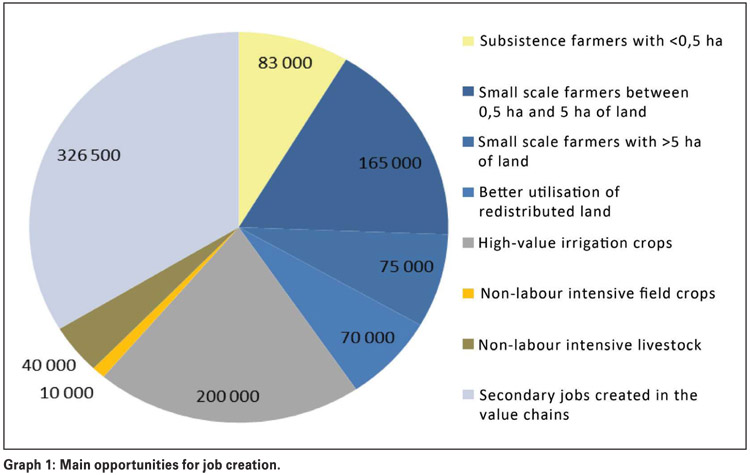 Value chains
Value chains
Prof Meyer maintains it is important to understand the different value chains, as well as the diversity within each. He cited the example of the highly competitive poultry industry with a wide diversity of producers, e.g. small scale breeders selling live broilers in rural markets and large growers competing with the international market.
General perceptions say the small grower should be overwhelmed by the competition; however the data gathered, highlights that small scale poultry farmers, selling live broilers in rural markets, are able to profit. The analysis enhances understanding so as to develop rural areas more strategically and effectively.
The call is for more broad-based strategic level of information to inform policymakers and businesses.
The hundred year picture, 1900 to 2020
In the long term, real agricultural prices are declining for all commercial producers around the world. Productivity must be boosted for producers to stay in the game.
Production cost comparisons highlight the fact that South African producers are paying approximately /ton more for inputs, e.g. higher fertiliser prices, which instantly puts local producers on the back foot when competing with countries like Argentina, Brazil, Ukraine and the US.
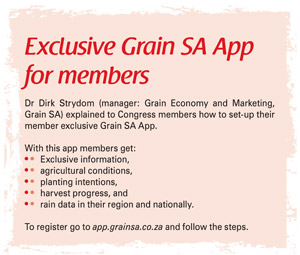 The benchmarking of value chains becomes important in order to highlight the area of competition from international markets. Although we have a free market, it is not always fair, so this is where calls for intervention become necessary.
The benchmarking of value chains becomes important in order to highlight the area of competition from international markets. Although we have a free market, it is not always fair, so this is where calls for intervention become necessary.
Agro-processing
Soybean production has become a game changer since significant investment has been made into local crushing capacity. The value chains are highly competitive nonetheless good opportunity exists for soybean production in the next few years.
Trade routes
These must be monitored constantly, e.g. new export opportunities may arise where other countries experience drought and need to import maize and Zambia has become a surplus producer of maize to supply the Zimbabwean market.
Prof Meyer concluded:
- Nothing replaces consistent and focussed research and development. A universal trend is seeing a shift towards private sector investment, but governments are providing the catalyst investment.
- Partnerships must emerge between government, private sector and academics.
- Training and education must be promoted in partnership with educational institutions. It is important to recognise the process is slow and requires long term commitment and investment.
- Investment into building comprehensive databases which will inform strategic planning and ensure a co-ordinated action and implementation must continue.
- Critical investment into the country’s water infrastructure and road, rail and ports need maintenance and expansion is essential.
- All of the above need a politically stable environment.
